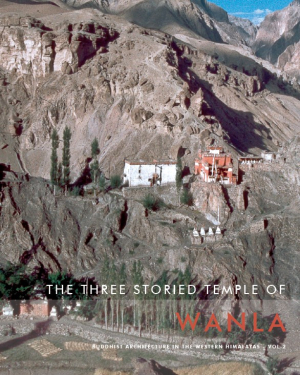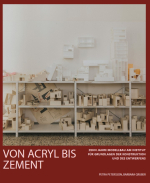Die Siedlung von Wanla liegt im Westen Ladakhs am Fluss Yalpola, einem südlichen Nebenfluss des Indus, etwa 68 Kilometer Luftlinie von Leh entfernt. In einer Höhelage von 3260 Metern ist das Klima etwas milder als in höheren Regionen und bietet angenehmere Lebensbedingungen.
Der kleine Bergrücken oberhalb der Ortschaft Wanla wird von den imposanten Ruinen einer alten Burganlage beherrscht, die sich hauptsächlich auf einem Felsvorsprung an der Nordwestseite befindet. Die solitäre Lage des Tempels innerhalb der Burganlage und die Hinweise auf seinen Gründer in der Tempelinschrift deuten darauf hin, dass der Tempel sowohl als Palastkapelle als auch als dreigeschossige Initiationskapelle genutzt wurde. Im Vergleich zu anderen dreistöckigen Tempelbauten kann der Wanla-Tempel sogar als eine typologisch einzigartige Palastkapelle bezeichnet werden. Der Tempel von Wanla ist bis heute annähernd in seiner ursprünglichen Form erhalten. Seit seiner Errichtung ist der Tempel ein Denkmal der Drikung Kagyu Schule, einer Unterschule der Kagyupa Schule des tibetischen Buddhismus.
Mit Beiträgen von Carmen Auer, Holger Neuwirth, Martina Oeter & Alexandra Skedzuhn-Safir und Kurt Tropper.








